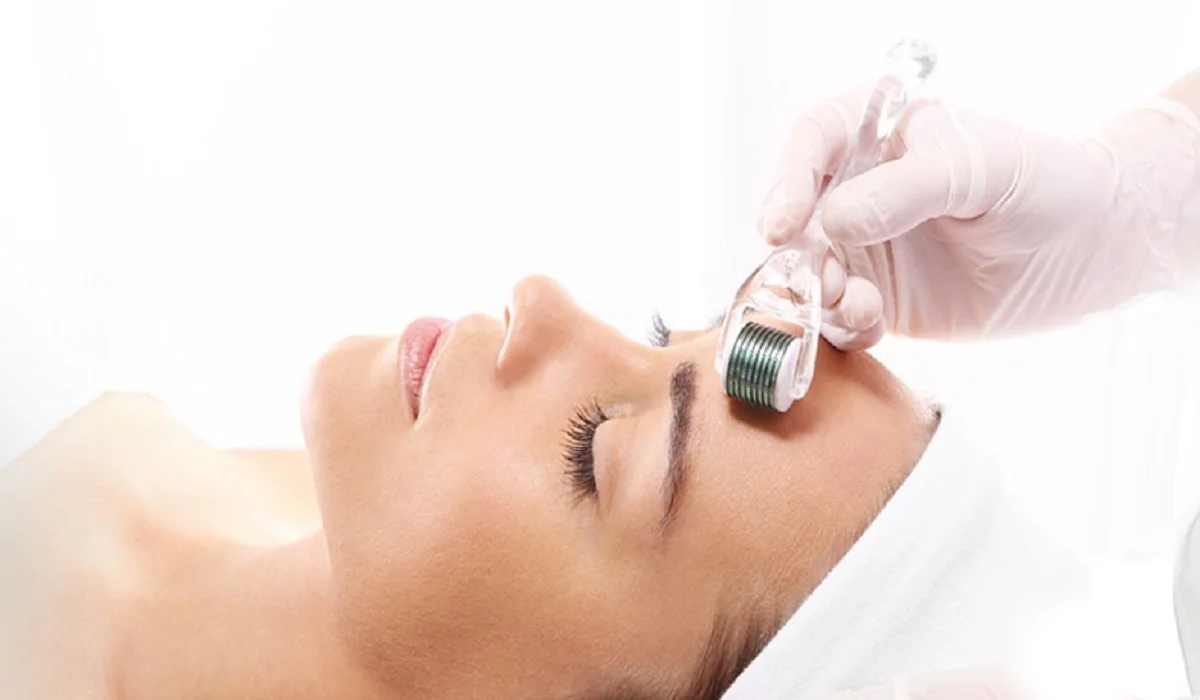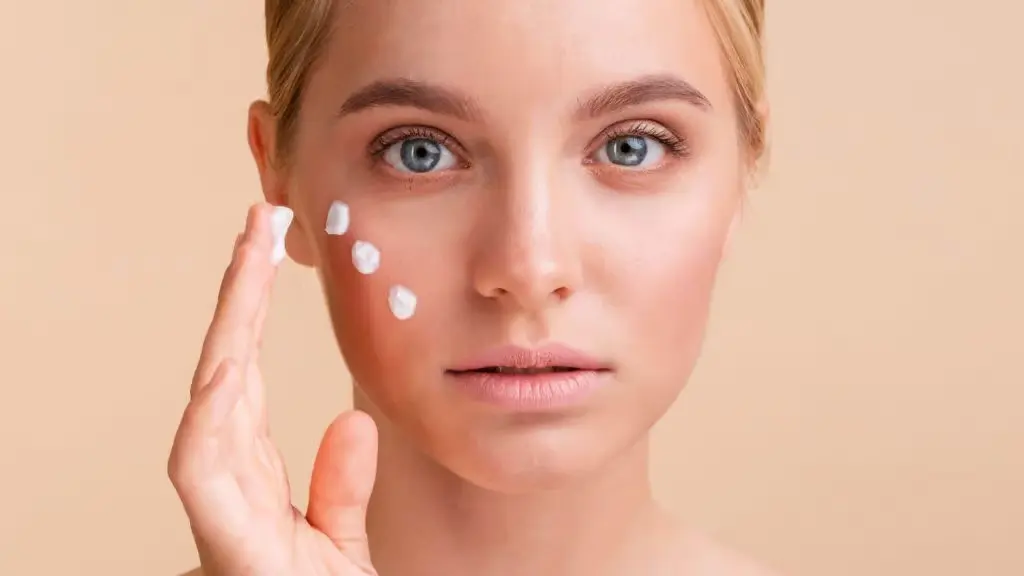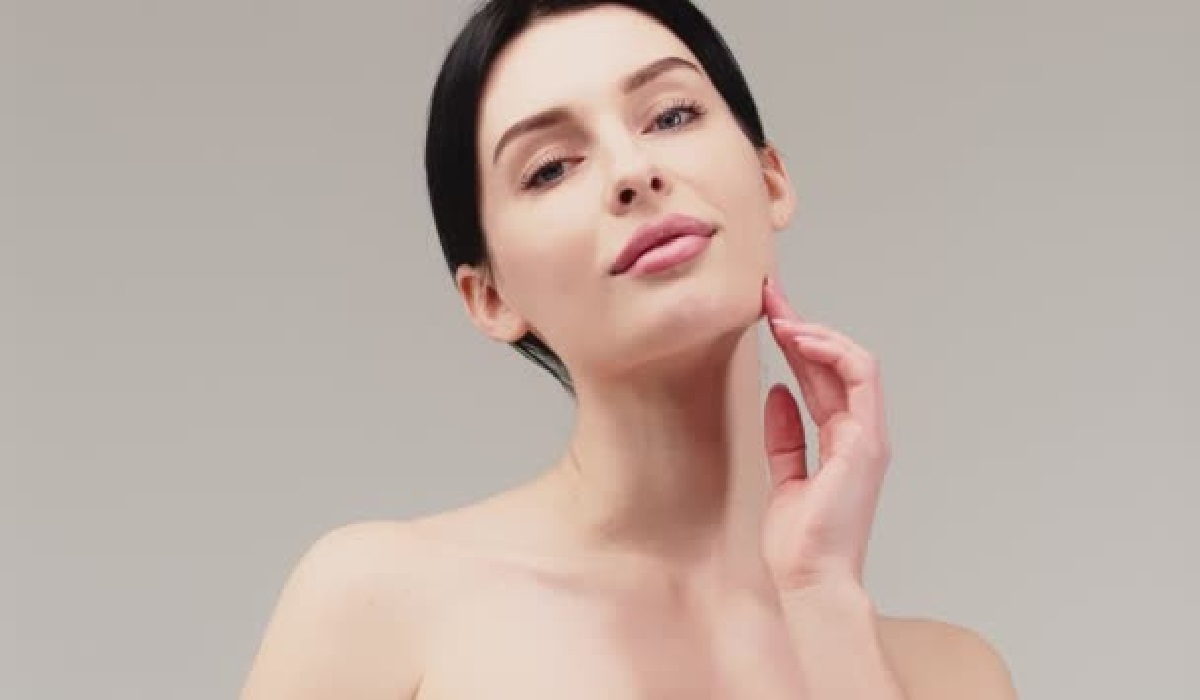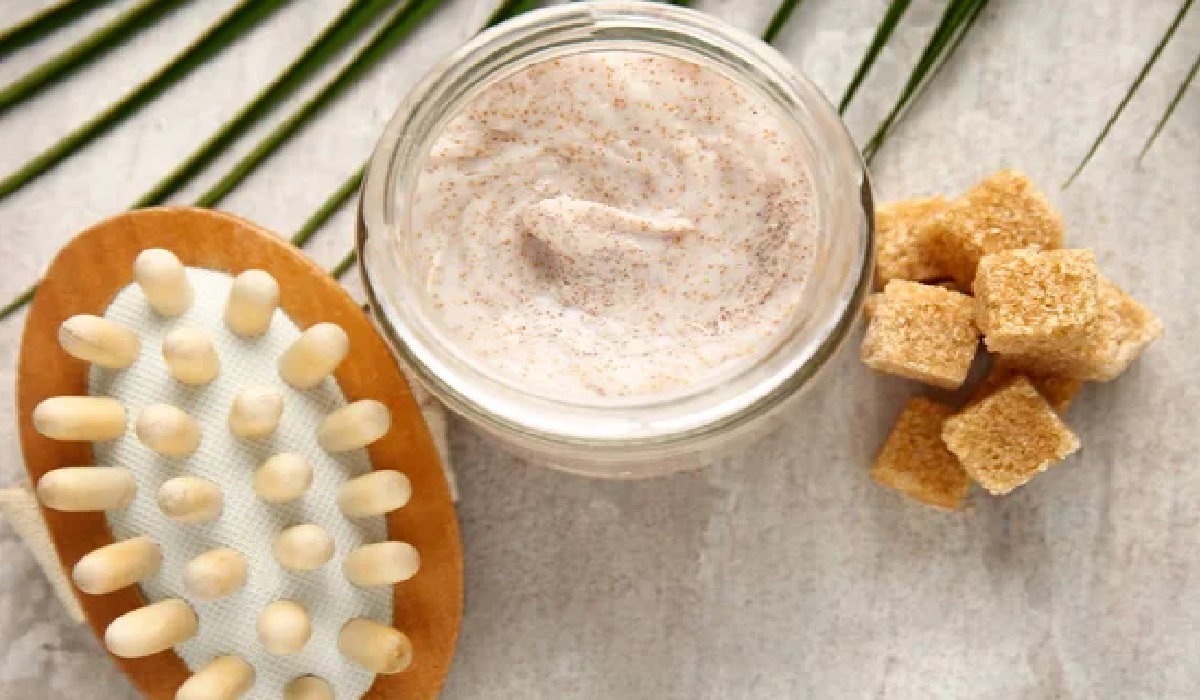Acne is more than just a skin condition; it’s a common struggle that affects millions worldwide, spanning various ages, genders, and lifestyles. Its impact is not only physical but often emotional, affecting self-esteem and confidence. Understanding acne’s underlying causes and navigating through the myriad of treatment options can be overwhelming. This comprehensive guide aims to demystify acne, offering insights into its causes and effective strategies for achieving clear, healthy skin.
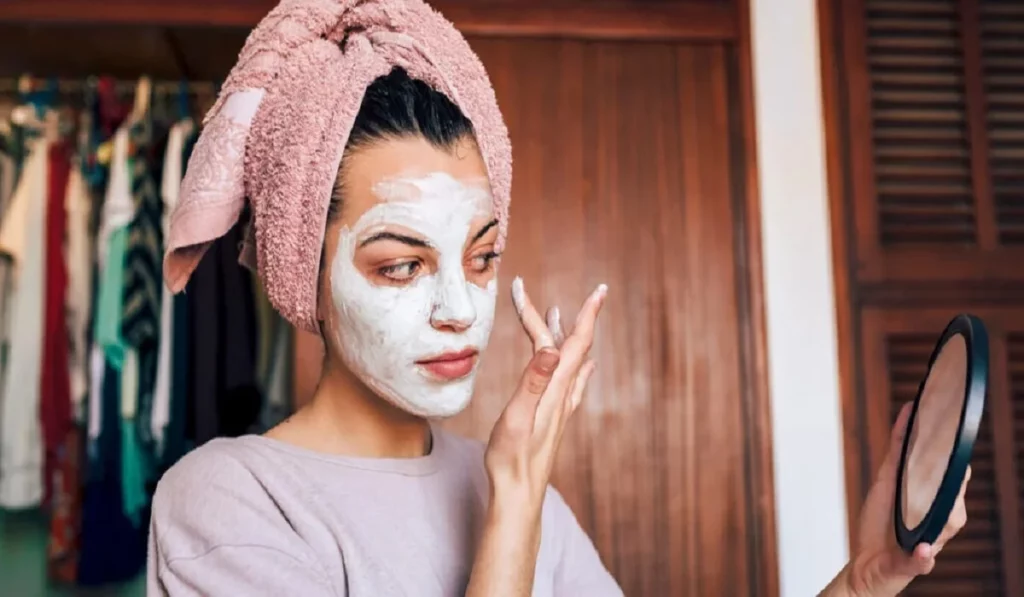
Understanding Acne: More Than Skin Deep
Acne occurs when hair follicles become clogged with oil and dead skin cells, leading to whiteheads, blackheads, or pimples. It predominantly affects areas of the skin with a higher density of oil glands, including the face, forehead, chest, upper back, and shoulders.
Primary Causes of Acne:
- Hormonal Fluctuations: Androgens, hormones that increase in boys and girls during puberty, cause oil glands to enlarge and produce more sebum. Hormonal changes related to pregnancy and the use of oral contraceptives can also affect sebum production.
- Excess Oil Production: Overactive sebaceous glands can lead to clogged pores and subsequent acne.
- Inflammation: When the body’s immune system reacts to bacteria or other foreign substances in a clogged pore, it can cause the skin to become red and swollen.
- Bacteria: Propionibacterium acnes (P. acnes) bacteria can grow in clogged pores, leading to red, inflamed blemishes.
- Diet and Lifestyle: Certain dietary factors, including dairy products and carbohydrate-rich foods, may worsen acne. Stress and certain medications can also exacerbate the condition.
Demystifying Acne Treatment: A Personalized Approach
Finding the right treatment for acne may involve a combination of over-the-counter (OTC) remedies, prescription medications, and lifestyle adjustments. Here’s an overview of effective acne treatments:
OTC Treatments:
- Benzoyl Peroxide: Kills bacteria, helps remove excess oil from the skin, and removes dead skin cells, which can clog pores.
- Salicylic Acid: Helps prevent pores from becoming clogged.
- Alpha Hydroxy Acids (AHAs): These include glycolic acid and lactic acid, which help remove dead skin cells and reduce inflammation.
Prescription Medications:
- Topical Retinoids: Derived from vitamin A, these medications help prevent hair follicles from becoming clogged.
- Oral Antibiotics: May be prescribed to reduce bacteria and fight inflammation for moderate to severe acne.
- Oral Contraceptives: Can help regulate hormones in women, reducing outbreaks.
- Isotretinoin (Accutane): A powerful medication for severe acne that hasn’t responded to other treatments.
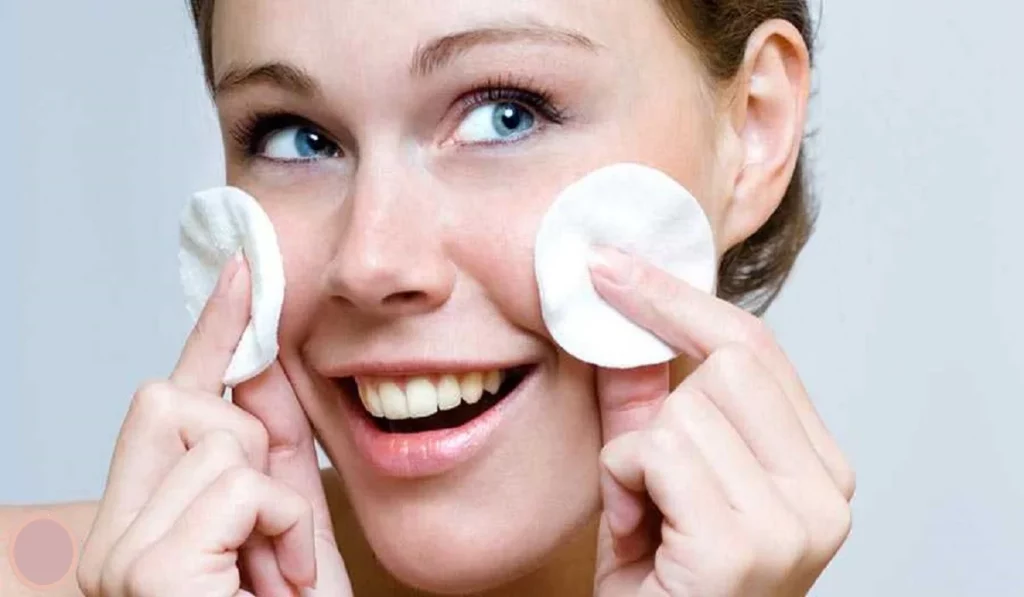
Lifestyle and Home Remedies:
- Gentle Skincare: Use non-comedogenic, non-acnegenic products, and avoid harsh scrubbing.
- Healthy Diet: Some find that reducing dairy intake and high-glycemic foods helps manage acne.
- Stress Management: Techniques like yoga, meditation, and regular exercise can reduce stress-related acne.
Navigating Through Myths and Misunderstandings
While navigating acne treatment options, it’s crucial to separate fact from fiction. Common myths include the notion that acne is caused by dirty skin or that it only affects teenagers. In reality, acne can stem from genetic, hormonal, and environmental factors and affect people of all ages.
Seeking Professional Help: When to Consult a Dermatologist
If your acne persists despite OTC treatments or if you’re experiencing severe acne, it’s time to consult a dermatologist. A skincare professional can offer personalized advice, prescribe medications, and recommend procedures like chemical peels, laser therapy, or extraction to manage your acne effectively.
A Journey to Clear Skin
Acne is a multifaceted condition that requires a personalized approach to treatment. By understanding the underlying causes and exploring a combination of treatments, you can find a regimen that works for you. Remember, the journey to clear skin might require patience and experimentation with different therapies, but with persistence and the right guidance, achieving healthy, acne-free skin is within reach.
Why does acne predominantly affect teenagers? Acne is closely linked to hormonal fluctuations, especially during puberty when levels of androgens rise. These hormonal changes increase oil production, leading to clogged pores and breakouts. While it’s most common in teenagers, acne can affect adults due to hormonal changes, stress, and other factors.
Can diet really affect acne? Research suggests that certain dietary factors may influence acne. High-glycemic foods and dairy products have been linked to worsening acne in some people. However, dietary effects can vary from person to person. Incorporating a balanced diet rich in fruits, vegetables, lean proteins, and whole grains may help improve overall skin health.
Is it true that washing your face more often can clear acne? Over-washing can actually irritate your skin and worsen acne. It’s recommended to gently cleanse your face twice daily with a mild cleanser to remove excess oil and dead skin cells without stripping the skin’s natural moisture.
Are all forms of acne treatable? Most forms of acne, from mild to severe, can be managed with the right combination of treatments and lifestyle adjustments. However, some cases, particularly severe and cystic acne, may require more aggressive treatment strategies, such as isotretinoin or professional dermatological procedures.
How long does it typically take to see results from acne treatment? Patience is key with acne treatment. It can take anywhere from 4 to 8 weeks to start seeing improvements, and sometimes conditions may initially appear to worsen before getting better. Consistent treatment application and following your dermatologist’s advice are crucial for long-term improvement.
Can stress cause acne? Yes, stress can exacerbate acne. It triggers the release of cortisol, a hormone that can increase oil production in your skin’s glands, leading to more breakouts. Managing stress through exercise, meditation, and sufficient rest can help mitigate its effects on your skin.
What’s the safest way to deal with acne scars? Acne scars should be treated with professional help. Dermatologists can offer treatments such as chemical peels, microneedling, laser therapy, and fillers to reduce the appearance of scars. At-home treatments include using products with AHAs, BHAs, and retinoids to promote cell turnover and collagen production.
Is makeup bad for acne-prone skin? Not necessarily, but it’s crucial to choose the right products. Look for non-comedogenic makeup that won’t clog pores. Always remove makeup thoroughly before sleeping and opt for mineral-based products when possible to minimize irritation.
Can excessive sun exposure improve acne? While limited sun exposure may temporarily dry out acne lesions, it can also lead to skin damage and increase the risk of skin cancer. Moreover, some acne treatments can make your skin more sensitive to sunlight, necessitating the use of broad-spectrum sunscreen.
Are there any new treatments for acne on the horizon? The field of dermatology is constantly evolving, with ongoing research into new treatments. These include novel topical formulations, advanced laser therapies, and microbiome-targeting treatments that focus on balancing skin bacteria. Staying informed and consulting with a dermatologist can help you access the most current and effective treatments.
Understanding acne involves recognizing its complexities and the individual nature of treatment responses. Armed with the right information and professional guidance, you can navigate your way to clearer, healthier skin.

